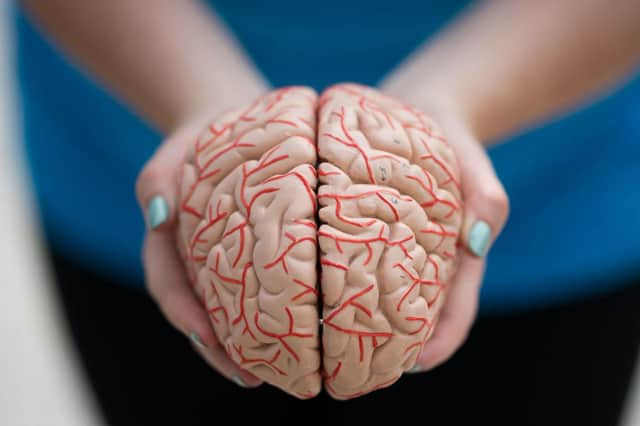What is Parkinson's disease? Common signs and symptoms of the disease - as Jeremy Paxman reveals diagnosis


The 71-year-old broadcaster and University Challenge host said he has been receiving “excellent treatment” and that his symptoms are “currently mild”.
Advertisement
Hide AdAdvertisement
Hide AdThe veteran presenter said that he plans “to continue broadcasting and writing for as long as they’ll have me” and that he will reveal more about his condition in due course.
Here’s what you need to know about the world’s fastest growing neurological condition.
What is Parkinson’s disease?
Parkinson’s disease is a neurodegenerative disorder that affects parts of the brain.
Around 145,000 people live with Parkinson’s disease in the UK.
Advertisement
Hide AdAdvertisement
Hide AdThe disease is named after English doctor James Parkinson who first described the condition.
What are the symptoms of Parkinson’s disease?
The NHS says there are three major symptoms, including tremors or shaking, slowness of movement and muscle stiffness.
Other symptoms include problems with balance, loss of smell, nerve pain, excessive sweating and dizziness.
Some people can also experience lack of sleep, excessive production of saliva and problems swallowing, causing malnutrition and dehydration.
What are the early signs of the disease?
Advertisement
Hide AdAdvertisement
Hide AdSymptoms start gradually, sometimes beginning with a barely noticeable tremor in just one part of the body.
In the early stages, people may show little or no expression, and their arms may not swing when they walk.
Speech can also become soft or slurred, with the condition worsening over time.
What are the causes?
Scientists believe a combination of genetic and environmental factors are the cause of Parkinson’s disease.
Advertisement
Hide AdAdvertisement
Hide AdIt occurs after a person experiences loss of nerve cells in a part of their brain.
However, it is not known why the loss of nerve cells associated with the condition takes place.
Scientists say genetics cause about 10 to 15% of Parkinson’s, and can therefore run in families.
Other factors attributed to causing the condition include environmental problems such as pollution, though such links are inconclusive, the NHS says.
Can Parkinson’s disease be treated?
Advertisement
Hide AdAdvertisement
Hide AdAlthough there is no cure, a number of treatments are available to help reduce the symptoms.
The three main remedies include medication, exercise and therapy, which can help people in different ways.
Medication can be helpful in improving the main symptoms of Parkinson’s disease, such as shaking and movement problems.
There are three main types which are commonly used, levodopa, dopamine agonist or a MAO-B inhibitor.
Each can affect people in different ways.
The drugs do have some side effects, including impulsive and compulsive behaviour, hallucinations, sleep issues and blood pressure changes.